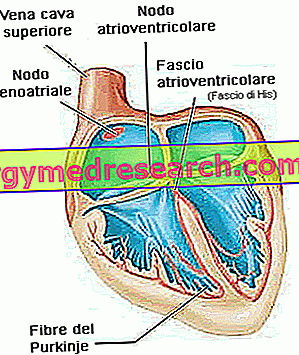Related articles: Patereccio
Definition
The paterecium is an inflammation that affects the last phalanges of the fingers of hands or feet. At the base, there is usually an infection caused by common pyogenic (Staphylococci and Streptococci) or, sometimes, Candida albicans . These microorganisms are able to penetrate through small lesions of the fingertips or the nail bed (splinters, scratches or punctures) and are generally transported with saliva. Biting nails, biting or sucking fingers can therefore predispose people to develop infection. The paterecry can also begin due to the presence of an ingrown toenail or chronic irritation (eg prolonged contact with water and detergents).
The body's natural defense reaction is to induce a local phlogistic response. The paterecry is usually sharp and evolves within a few hours. However, there may also be chronic cases in subjects with debilitated immune systems (eg patients undergoing organ transplantation) or suffering from a systemic disease, such as diabetes mellitus or peripheral arterial disease.

Most common symptoms and signs *
- Pain, heat, redness and swelling of the finger
- Articolar pains
- Muscle pains
- Edema
- phlegmon
- blisters
- Pus formation
- blisters
Further indications
The paterecry can be superficial, subcutaneous or deep. In general, inflammation causes throbbing pain, heat, swelling and redness on a face or edge of the finger (the fingertip may be involved centrally, laterally or apically). Sometimes, the process can extend "circularly" to the whole phalanx (hence the name of girito ).
These symptoms are often associated with the appearance of an exudate of inflammatory origin (serous or purulent), collected in a vesicle. Because of the paterecry, alterations of the nails may also occur, which may change shape or color. In the most severe cases, inflammations can extend to the deep structures of a finger, reach the bone, the joint or flexor tendons and cause tenosynovitis or arthritis. Indeed, in immunocompromised patients or in the event of negligence of the lesions, there is a risk that the infection may spread to other areas of the body or to the bloodstream (septicemia).
The diagnosis is basically based on the inspection of the affected area. Treatment consists of adequate therapy with antibiotics or antifungals. In the most serious cases, it is necessary to incise and drain the possible collection of pus.



